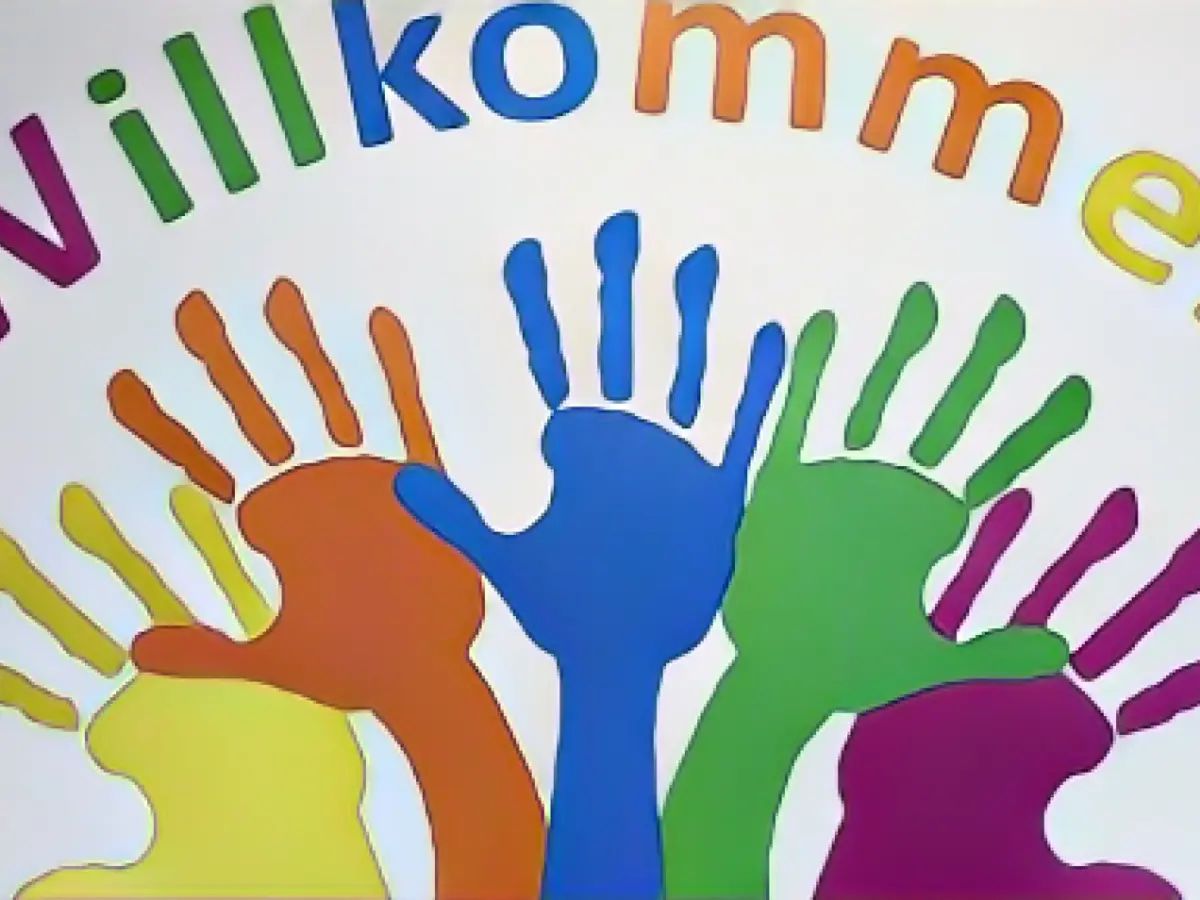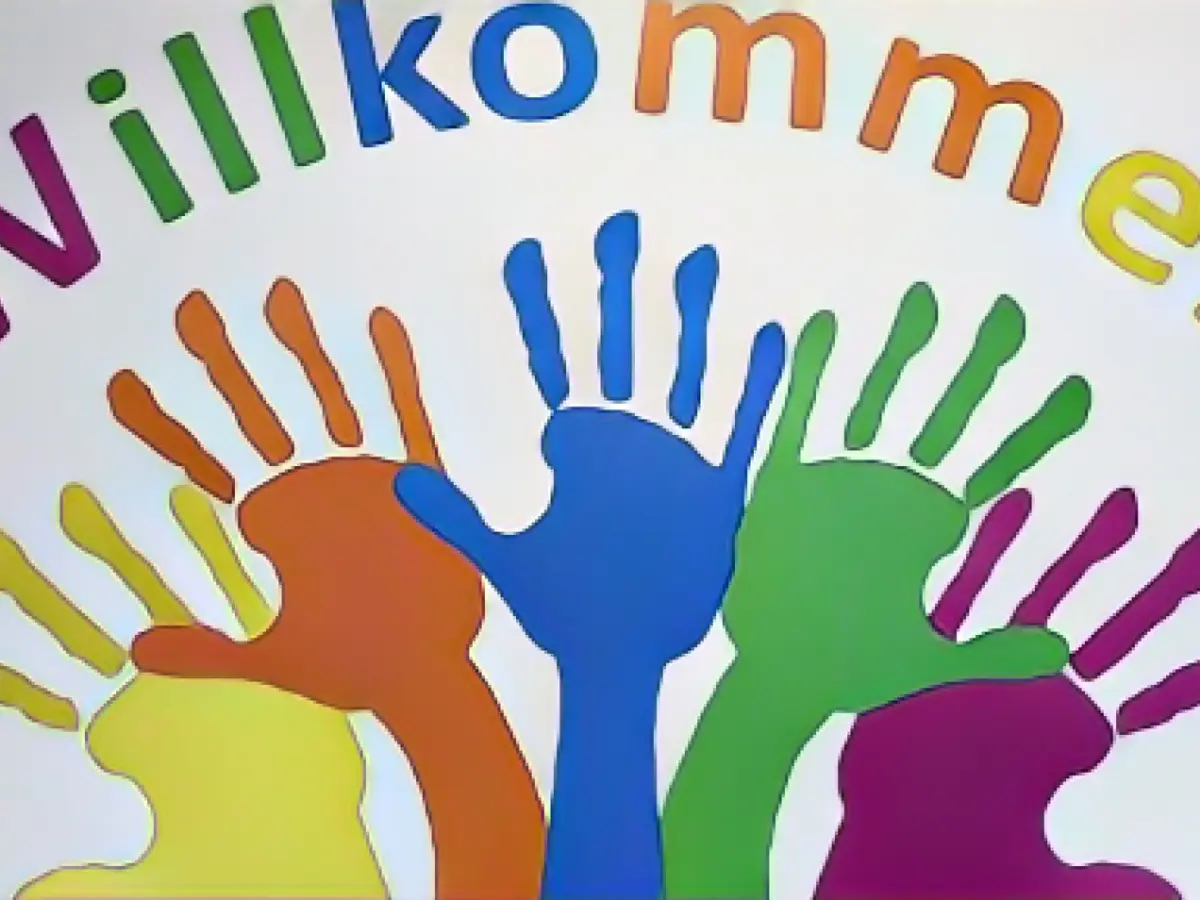Keeping the Spirit Alive: Revitalizing Churches in the Modern Age
In the eyes of Evangelical Church in Central Germany (EKM) regional bishop Friedrich Kramer, churches should be open for use and committed to social causes to ensure their preservation. "They belong to us, but they aren't our churches—they're the soul of places, a cultural asset for society as a whole," he said in an interview with dpa. With EKM managing a plethora of churches in areas dominated by sports fields and houses of worship, the question of what to do with these historic structures as membership declines arises.
The answer, according to Kramer, is flexibility and openness. "It's best if there are people on site who are committed to the church," he asserted, even if they're not church members themselves. From hostel churches that accommodate hikers to techno raves in historic buildings like Erfurt's Predigerkirche, creative uses of the churches help maintain their cultural significance.
However, discussions about what's permissible within the church building are inevitable. "But as Protestants, we're relatively relaxed about that because we say, 'They're buildings first,'" Kramer noted. While the parish council should be involved, openness to experimentation and adaptability are essential.
The outlying ratio of churches to EKM members paints a unique picture—with around 130 cemetery chapels and over 3,900 places of worship, around 20% of all churches in the Evangelical Church in Germany (EKD) hail from EKM territory, mostly in Saxony-Anhalt and Thuringia. Yet, only 3.2% of Protestant church members belong to EKM, with a rapidly dwindling member count: 615,855 members in 2022, a decline of 21,794 from the previous year.
Dive Deeper:
- Embracing the Community: Church Adaptation Strategies in Modern Times
- EKM's regional bishop, Friedrich Kramer, encourages churches to pursue innovative strategies to remain relevant and conserve historic structures in an ever-evolving society.
- Adaptive reuse: Convert churches into libraries, community centers, and social service hubs, allowing for modern uses without sacrificing historical character.
- New church models: Non-traditional gatherings, decentralized spaces, and hybrid digital approaches can cater to younger audiences.
- Data-driven engagement: Utilize data services to better understand community needs and develop tailored church engagement strategies.
- Community-focused initiatives: Address social issues—such as loneliness—and foster deeper connections with the community, ensuring relevance and success.
- Sustainable retrofitting: Introduce energy-efficient solutions without altering the façade, preserving historic integrity while ensuring eco-friendliness.
- Integrating materials and smart technology: Use complementary materials and discreet smart systems, enhancing efficiency without affecting the historical charm.
- Collaboration: Partner with organizations to facilitate the redevelopment process and ensure community support and involvement.
By adopting such strategies, churches can maintain their historical significance, cater to modern needs, and remain open to their communities, honoring Bishop Kramer's commitment to the Anabaptist movement's enduring relevance.








